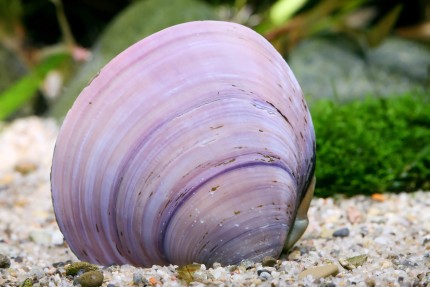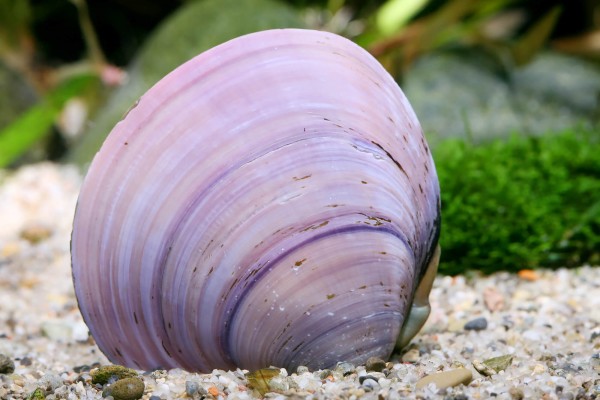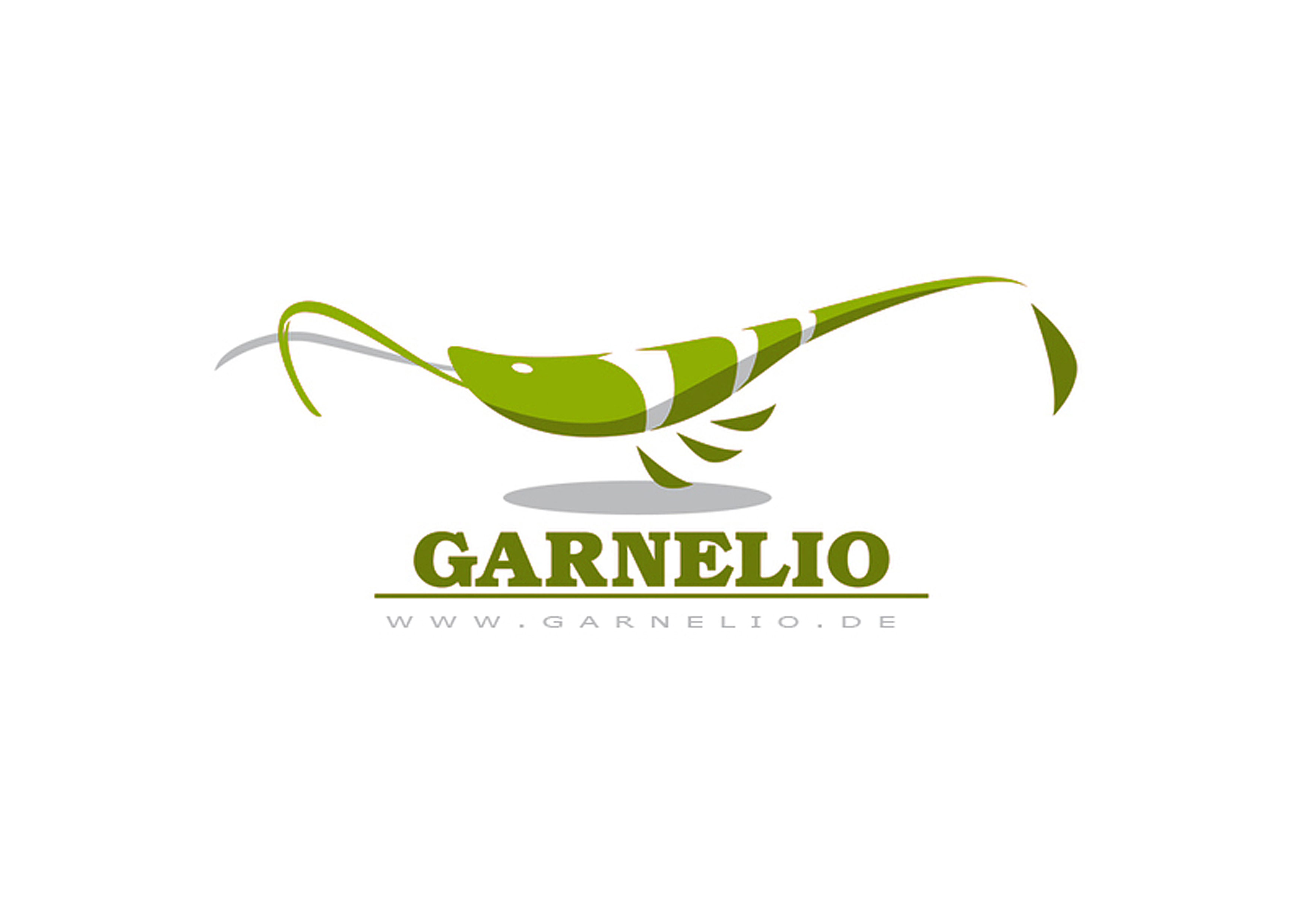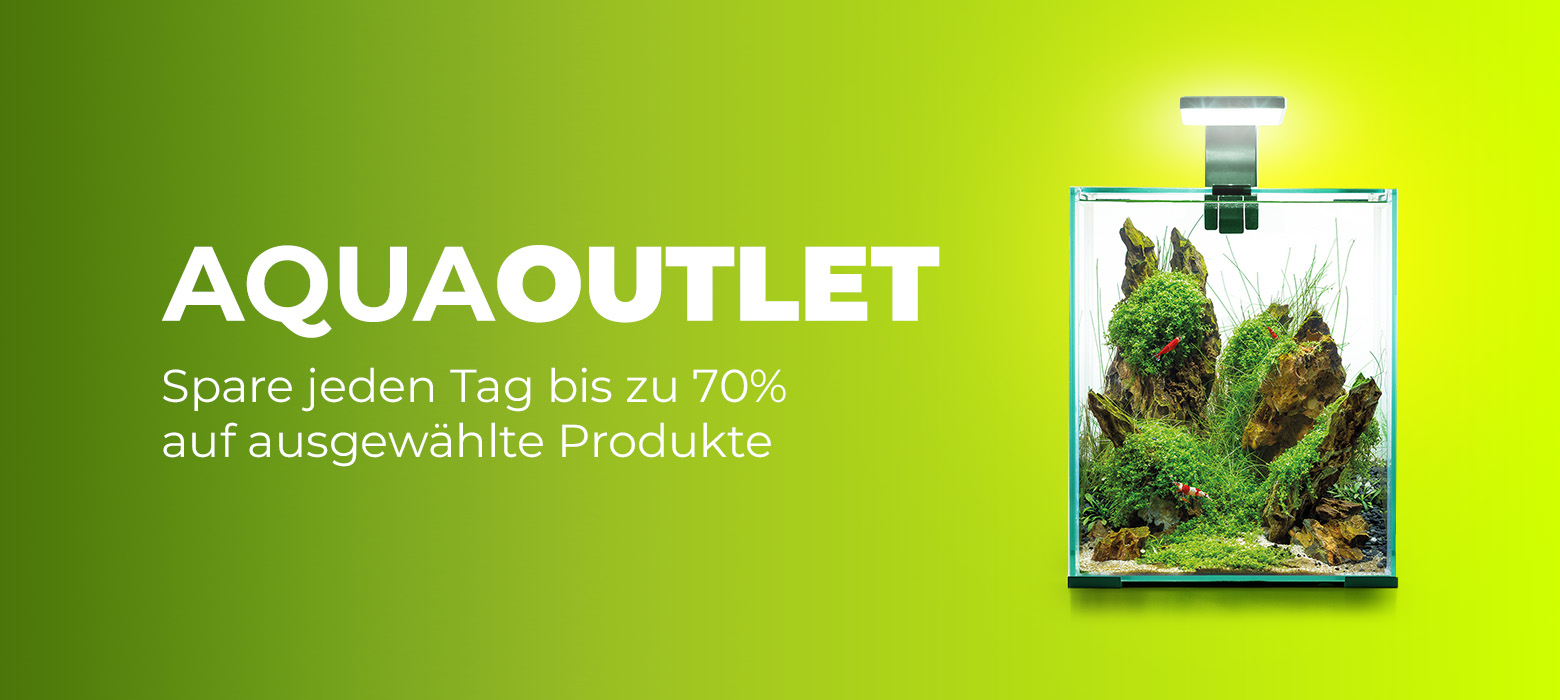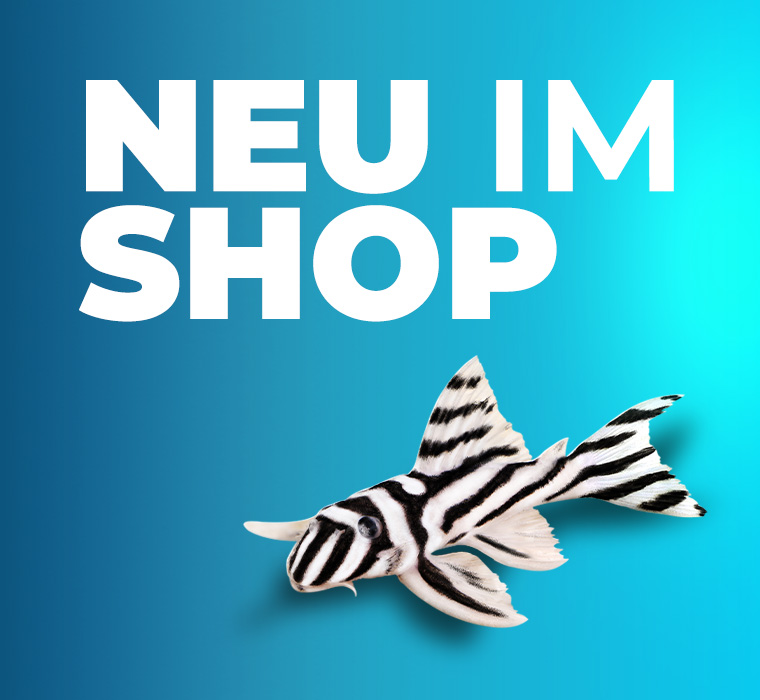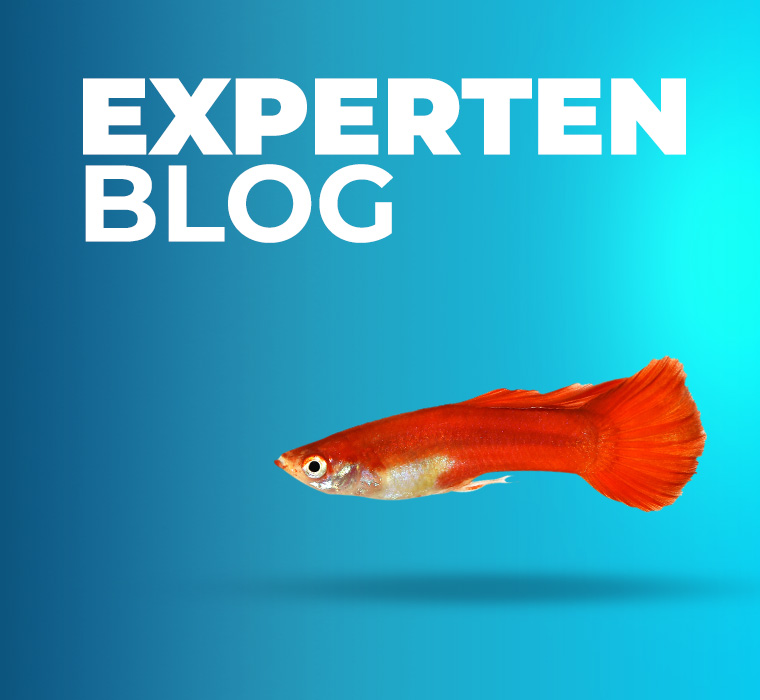- Item no: 1625
Fast delivery times
All products are in stock with us!14 years of breeding experience
Let our team of experts advise you!High customer satisfaction
from over 3,000 reviews "The blue cockle (also blue sapphire shell) Batissa violacea grows rather large with a size of 10 cm. In exceptional cases it can also reach 15 cm. This tropical mussel comes from the west-central Pacific, where it is a popular edible mussel. In its native country it lives in freshwater as well as in brackish water of rivers. It is a member of the basket clam family, not the cockle family as its trivial name suggests. Their shell is of a beautiful deep purple. To achieve this color, the uppermost black protective layer (the periostracum) is ground off manually. Therefore, this clam should never be kept in acidic water to avoid damage to the shells.
Its amazing size makes an aquarium of at least 80 cm length necessary. It prefers temperatures of 22 to 28 °C and should be kept in medium to hard water with a pH above 7.5. Sandy bottom is mandatory, like all basket shells Batissa violacea likes to partially burrow. The Blue Sapphire Mussel needs a light current to flush the food to it. In filterless aquariums, it should therefore have a flow pump that circulates the water and avoids gamma licks.
When fed according to its needs, the Blue Sapphire Mussel is quite persistent in the aquarium and can live to an amazing age. It sifts its food from the water and completely turns over the aquarium water several times an hour to do so. Most filtered aquariums are too clean for animal-friendly keeping of mussels, so you have to feed the animals in any case at least 1x, better 2x daily with dust food. During and for half an hour after feeding the filter must be switched off. Do not forget to switch it on again! We recommend feeding with a specially designed pipette. The mussel closes itself when disturbed, therefore you should not come too close to it when feeding, especially in the beginning.
Breeding in the tank is unlikely.
Blue Sapphire Mussels can be kept together with peaceful, not too intrusive fish, but also with dwarf shrimps and fan shrimps or dwarf crabs, snails and of course with mussels of other species. Large crabs, large arm shrimp, and even large crabs have an amazing technique of prying open shells, cracking them, and then eating them. Therefore, they are not suitable co-inhabitants.
Our plant recommendation: Use for planting NatureHolic InVitros. These are free of snails, planaria and other unwanted co-inhabitants. Also free of algae spores, bacteria and fungi.
Expert Tip: We recommend for fish keeping the NatureHolic 3 Phase Liquid. The care set offers the best all-round protection for your animals. It ensures optimal conditions for successful breeding and keeping.
| Scientific name: | Batissa violacea (Lamarck, 1818) |
| German Name: | Blue sapphire clam, blue cockle |
| Difficulty level: | suitable for advanced students |
| Origin/Distribution: | West Central Pacific |
| Coloration: | purple to blue shell |
| Age expectancy: | unknown |
| Water parameters: | GH 6 to 30, KH from 5, pH from 6.5, temperature 16 to 28 °C |
| Tank size: | from 80L |
| Food: | Mussel feed 1 to 2x daily, Clam Booster mussel fertilizer |
| Reproduction: | probably not possible in the aquarium |
| Behavior: | peaceful |
| Socialization: | with dwarf shrimps, fan shrimps, snails, other mussels, possibly also with peaceful fishes |
| Further information | NatureHolic Booster - liquid food for shrimps, snails and mussels, Feed shrimps, crayfish, snails & mussels correctly, 10 essential tips for your nano aquarium |
- Item no: 1625
- EAN No.: 4057171188637
Entdecke die Garnelio Welt!
Garnelio gehört zu den größten Onlineshops für wirbellose Aquarientiere weltweit.
Viele Artikel gibt es exklusiv nur bei uns im Shop.

